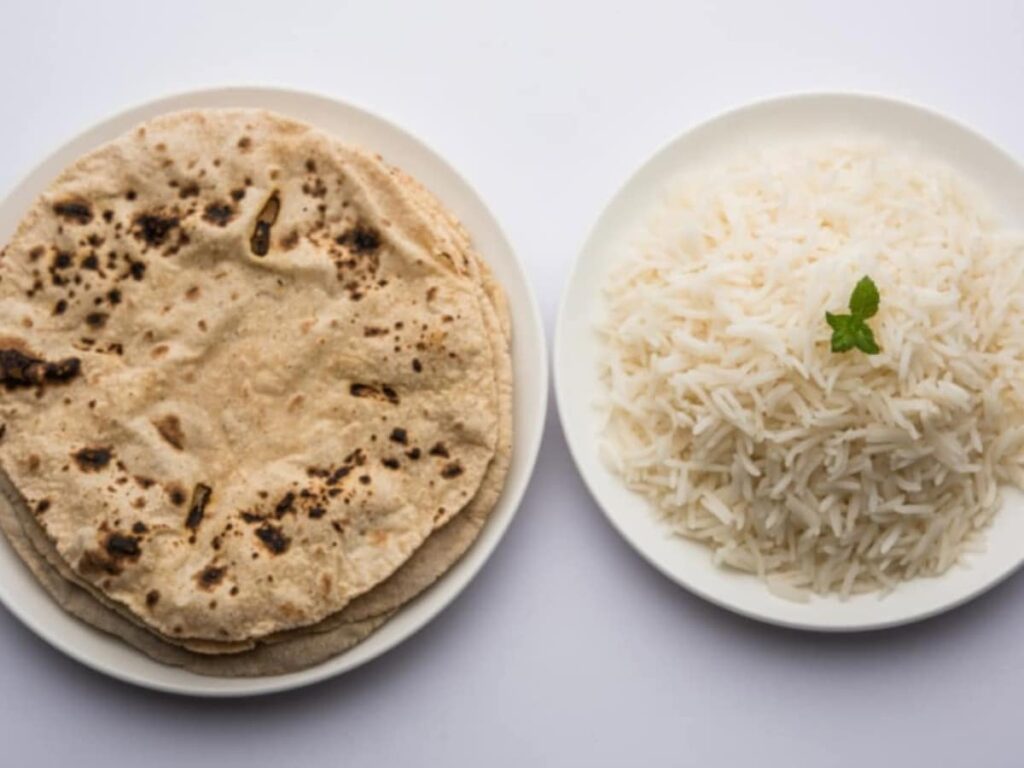“`html
When it comes to structuring a balanced diet, one of the most common questions is whether to include rice or bread as a staple food source. Both rice and bread are widely consumed around the world and offer distinct nutritional benefits. Understanding the nutritional values of these foods can help you make an informed decision based on your dietary needs and health goals.
Understanding Nutritional Values
Rice and bread have different nutritional profiles, which can impact your health differently. Below is a comparison table of the nutritional values of common types of rice and bread.
| Food Item | Calories (per 100g) | Carbohydrates (g) | Protein (g) | Fat (g) | Fiber (g) |
|---|---|---|---|---|---|
| White Rice | 130 | 28.6 | 2.7 | 0.3 | 0.4 |
| Brown Rice | 111 | 23.0 | 2.6 | 0.9 | 1.8 |
| White Bread | 265 | 49.0 | 9.0 | 3.2 | 2.7 |
| Whole Grain Bread | 247 | 41.0 | 13.0 | 4.2 | 7.0 |
Rice: Advantages and Disadvantages
Rice, especially white rice, is a convenient and quick source of energy, making it a favorite in many households. The primary benefits of rice include:
- High in carbohydrates: Ideal for fueling intense physical activities.
- Gluten-free: Suitable for individuals with gluten allergies or intolerances.
However, some potential downsides include:
- Lower fiber content (especially in white rice), which can affect digestive health.
- High glycemic index, particularly in white rice, which may spike blood sugar levels.
Bread: Advantages and Disadvantages
Bread, particularly whole grain varieties, can be a nutritious addition to your diet. Here are some benefits:
- High fiber content: Aids in digestion and helps maintain a healthy gut.
- Rich in essential vitamins and minerals: Whole grain bread is often fortified with additional nutrients.
On the flip side, consider the following:
- Many commercial breads contain added sugars and preservatives.
- Wheat bread is not suitable for those with celiac disease or gluten sensitivity.
Making the Right Choice for Your Diet
Your decision to include rice or bread in your diet should be influenced by various factors such as your nutritional needs, activity level, and any dietary restrictions. If you are seeking higher fiber content and more sustained energy release, whole grain bread may be the better option. Conversely, if you require a quick source of energy, rice might be more appropriate.
Personal Considerations
When determining which staple food to include in your diet, consider the following:
- Your activity level: Active individuals may benefit from the quick energy provided by rice.
- Health concerns: Those with diabetes or digestive issues may need to be more selective about their carbohydrate sources.
- Dietary preferences: Personal taste and cultural factors also play a significant role in food choices.
Conclusion
Whether you choose rice or bread, both can be included as part of a healthy, balanced diet. It is crucial to understand their nutritional values and how they
